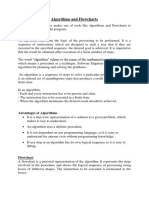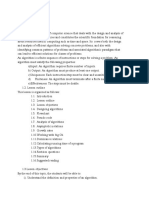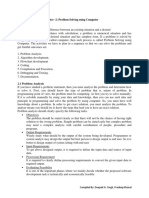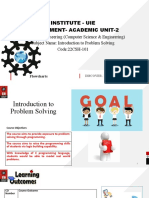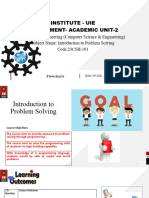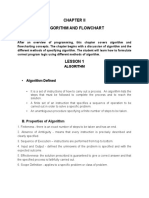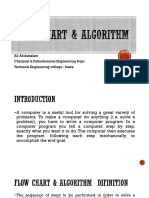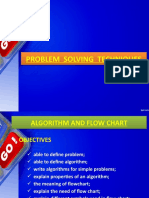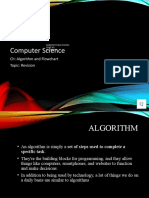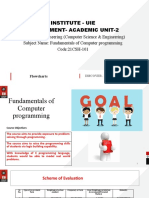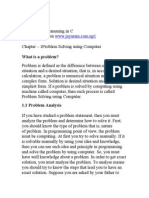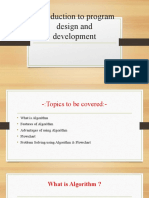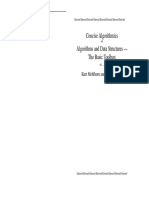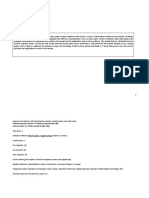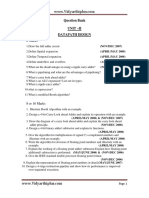0% found this document useful (0 votes)
55 views9 pagesAlgorithms
Here are flowcharts and pseudocode for the activities:
a) Find the product of two numbers:
Flowchart:
Start → Input num1, num2 → Multiply num1 * num2 → Output product → Stop
Pseudocode:
Begin
Input num1, num2
product ← num1 * num2
Display product
End
b) Find the area of the four walls of a rectangular room:
Flowchart:
Start → Input length, width → Calculate area of one wall: length * width → Calculate total area of 4 walls: area of one wall * 4 → Output total area → Stop
Pseudocode:
Begin
Input length,
Uploaded by
Thiseni De SilvaCopyright
© © All Rights Reserved
We take content rights seriously. If you suspect this is your content, claim it here.
Available Formats
Download as DOCX, PDF, TXT or read online on Scribd
0% found this document useful (0 votes)
55 views9 pagesAlgorithms
Here are flowcharts and pseudocode for the activities:
a) Find the product of two numbers:
Flowchart:
Start → Input num1, num2 → Multiply num1 * num2 → Output product → Stop
Pseudocode:
Begin
Input num1, num2
product ← num1 * num2
Display product
End
b) Find the area of the four walls of a rectangular room:
Flowchart:
Start → Input length, width → Calculate area of one wall: length * width → Calculate total area of 4 walls: area of one wall * 4 → Output total area → Stop
Pseudocode:
Begin
Input length,
Uploaded by
Thiseni De SilvaCopyright
© © All Rights Reserved
We take content rights seriously. If you suspect this is your content, claim it here.
Available Formats
Download as DOCX, PDF, TXT or read online on Scribd
/ 9
